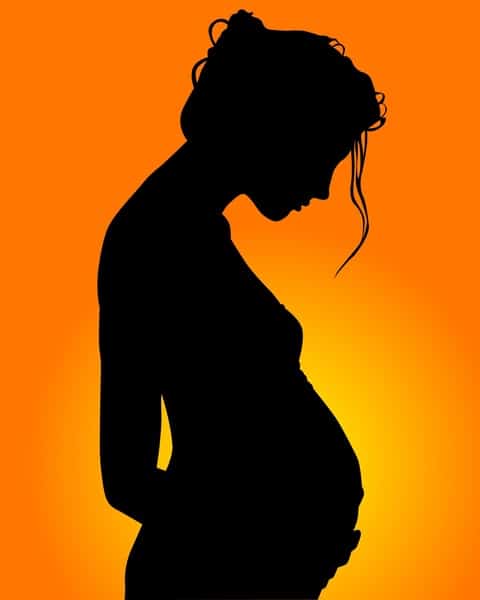One of my favorite letters to receive are from women who were able to tell they were pregnant just by charting alone, even before a pregnancy test confirmed it.
One of the first signs that many women who chart will notice is implantation spotting, a type of light bleeding that occurs when the fertilized egg reaches the uterine lining and begins to burrow in, about a week after the egg is fertilized in the fallopian tubes. While not all women experience this sign, it’s reassuring to know what is probably happening, and not confuse it with an early period.
Another especially exciting sign is a tri-phasic temperature pattern, which begins to occur after the fertilized egg implants in the uterus, releasing hCG into the bloodstream and in turn causing the temps to rise to yet a third level.
A sign that may initially seem confusing is an increase in a type of wet, whitish cervical fluid in the luteal phase, the time after ovulation when normally there is virtually no cervical fluid. But when a woman becomes pregnant, she starts to release more estrogen, the hormone responsible for producing wet cervical fluid.
And finally, when a woman has at least 18 consecutively high temperatures above the coverline, she can usually assume she is probably pregnant even before a pregnancy test. This is because the luteal phase, the phase following ovulation, normally lasts about 12-14 days, and only occasionally 16 days. It rarely ever lasts 18 days, unless the woman has conceived.
The last of the signs above, 18 high temps, is the one that should signal women to take a pregnancy test. But even if it is initially negative, it is important to test again a few days later, since women’s levels of hCG may not be high enough early on to reflect a positive test.



I have very long luteal phases, from 15 to 19 high temps, average of 17 days (9 cycles charted). I almost certainly never conceived (abstinence on fertile days). Is this length of luteal phase normal but rare or could it be a symptom of some disease?
I also have long luteal phases. Sometimes 17 days. And I think I’ve gone past 18 before too.
If you have menstrual-like bleeding at higher temps (after thermal shift), is that consistent with implantation bleeding? How long does implantation bleeding last? Or is it possible to have period bleeding at higher temps?
Does the 18 days of high temperature indicator count for women with PCOS or irregular menstruation as well?
I seem to always get 1-2 of egg white cervical mucus right before my period comes (it’s much less stretchy than around ovulation). What does this mean?
Oh, gosh, Katherine, I’m SO sorry that I didn’t notice your question. The answer is on page 374, the bottom chart. It just means that your lining is just starting to shed, but the first part is not yet the blood, but the early endometrial lining. It is NOT to be confused with fertile-quality cervical fluid, because the egg would be dead and gone by then if conception hadn’t occurred.